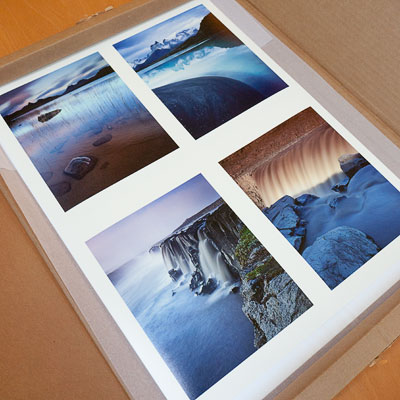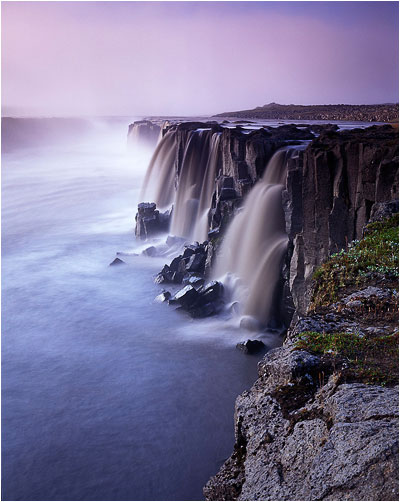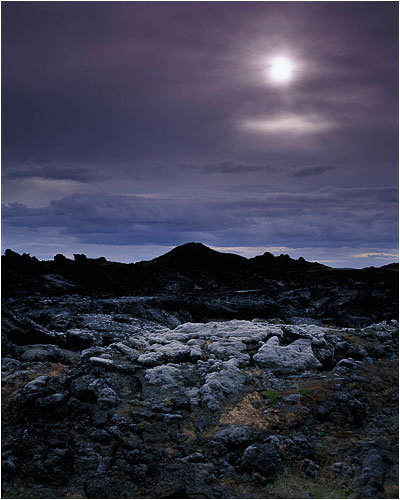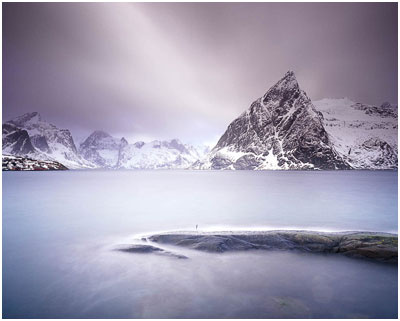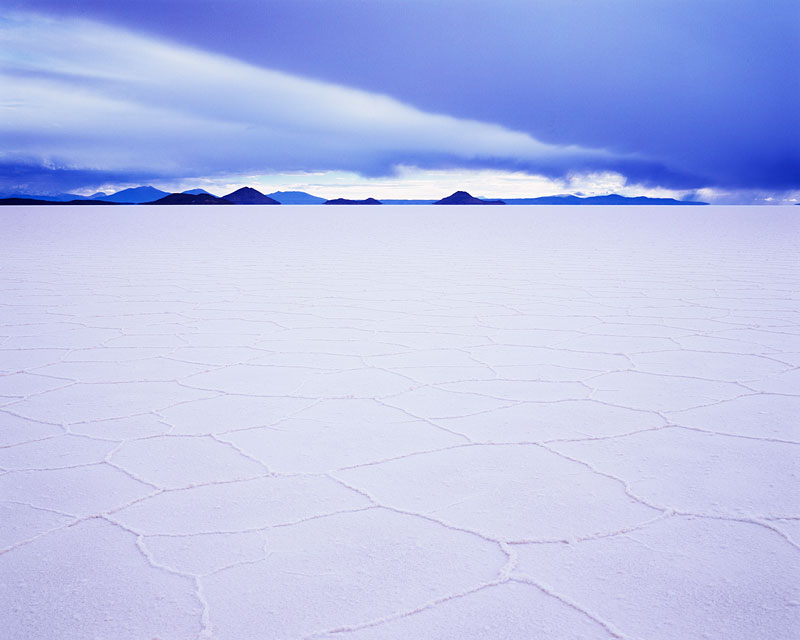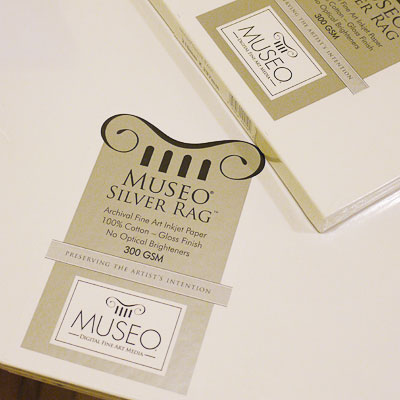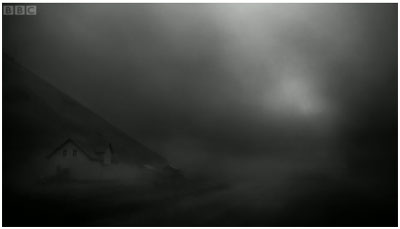Last week whilst on my Eigg workshop, I was handed a copy of Brooks Jensen's book 'Letting go of the camera' and I couldn't put it down. It's a small sized A5 book, deep in content, and around £10 here in the UK to buy.
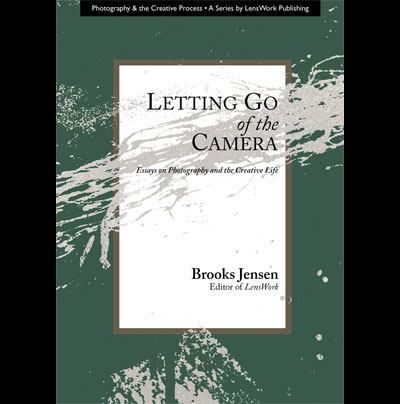
Brooks Jensen has a great web site about black and white photography and his magazine 'Lenswork' is highly recommended too. It's a very high end art product and the man focusses more on the 'art' and much less on the camera / lens / technical discussions that swamp the internet.
In 'Letting go of the camera', Brooks covers many topics in this non-tech book about Photography and whether you agree with his point of view, it's a great read as it makes you think more about the reasons behind photography, why we do it, and what it is to each of us.
For instance, he has a section in there titled 'what I've learned about photography', which has some nuggets of advice such as "most often, people aren't close enough". I'd agree since I see a lot of participants on my workshops not get 'into' the landscape, but try to make pictures 'outside' it.
There are also some nice words of wisdom about numbering prints. I laughed when he says 'it's irrelevant whether the print is an edition of 10 or 50, as you'll only get to edition 2 of the print anyway'. Well, that's sort of true. I guess we can all live in hope of selling our complete editions.
He also covers workshops and I felt he hit a nerve with me about them. His golden rule is 'to attend a workshop without expecting to make great images'. I'd agree since this is not what workshops are about. They are forums to learn new things to take home with you and should not be treated as an image-bagging exercise by the workshop leader or participants.
Anyway, there's a lot of golden nuggets of advice in this book, from trying to go pro to attending workshops, to self improvement.
I've ordered my copy from Neil and Beyond Words.
Highly recommended.



